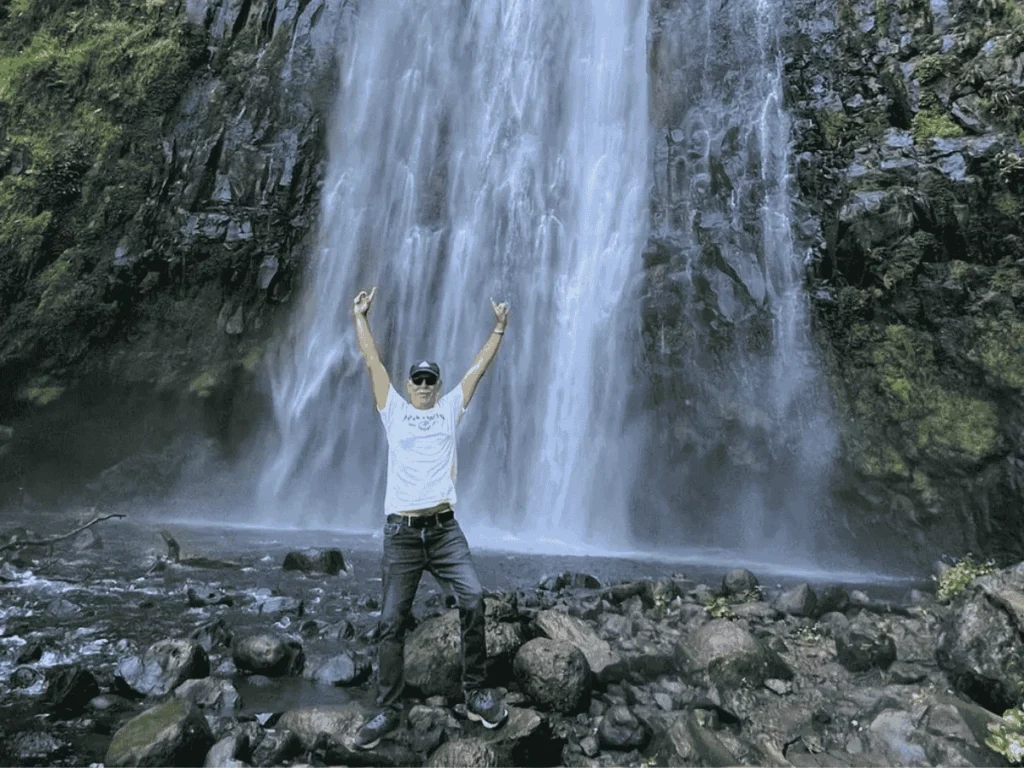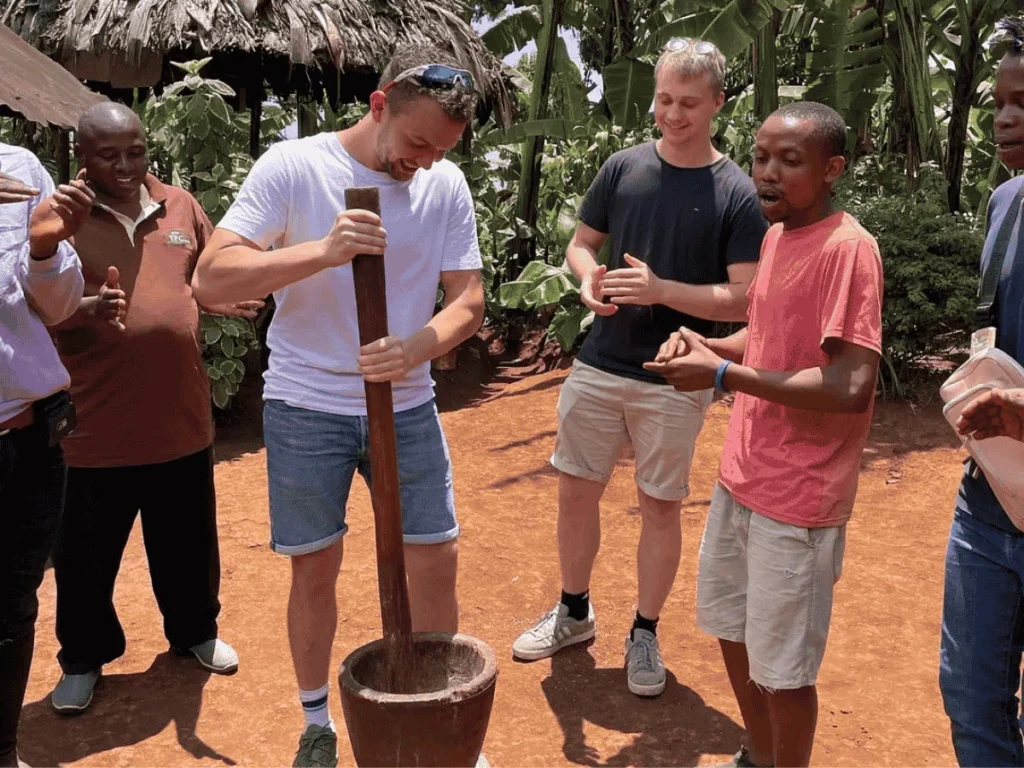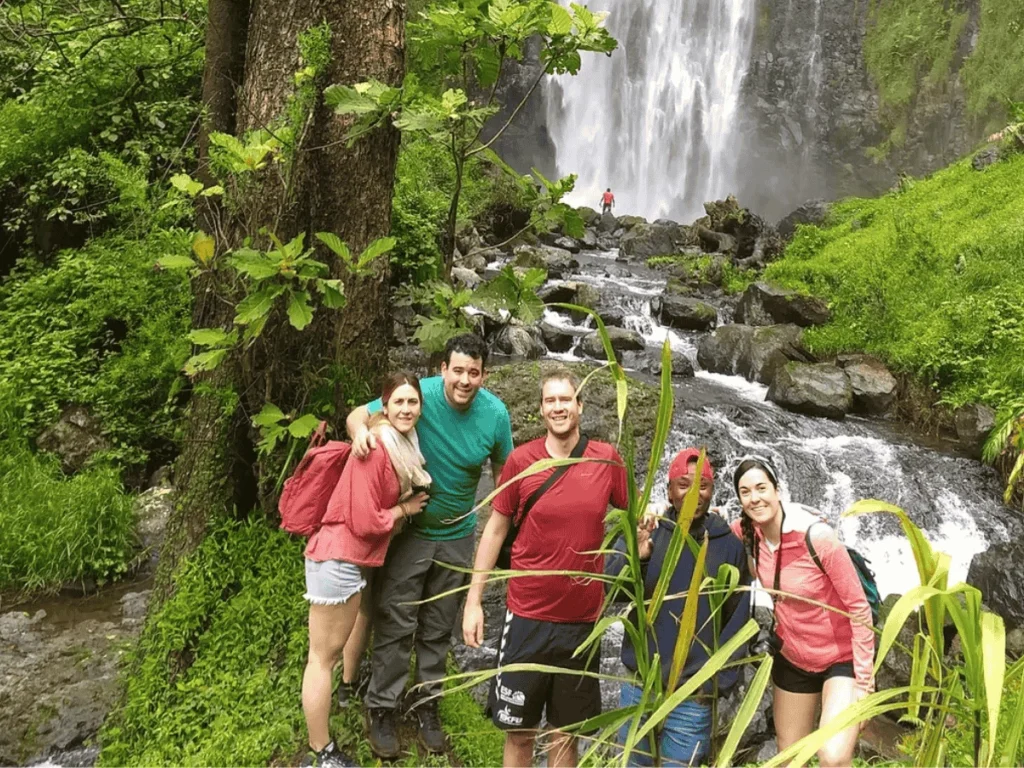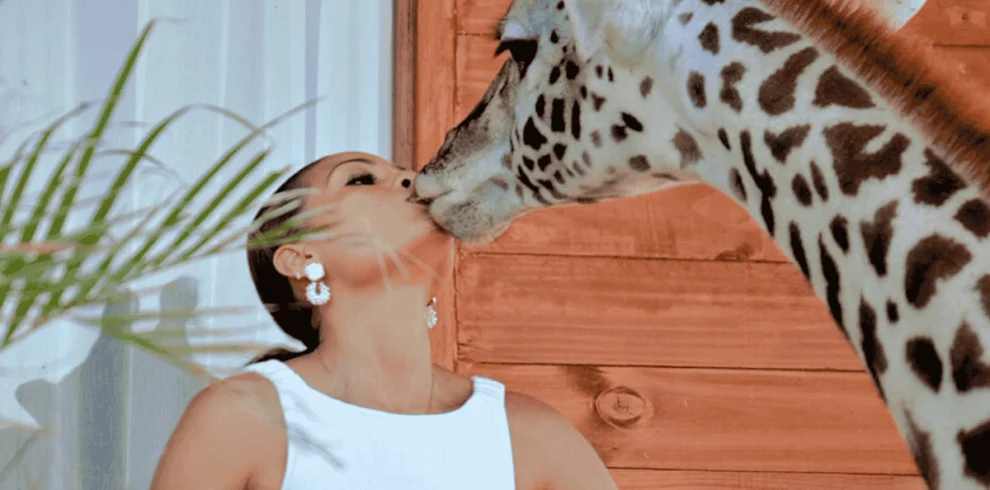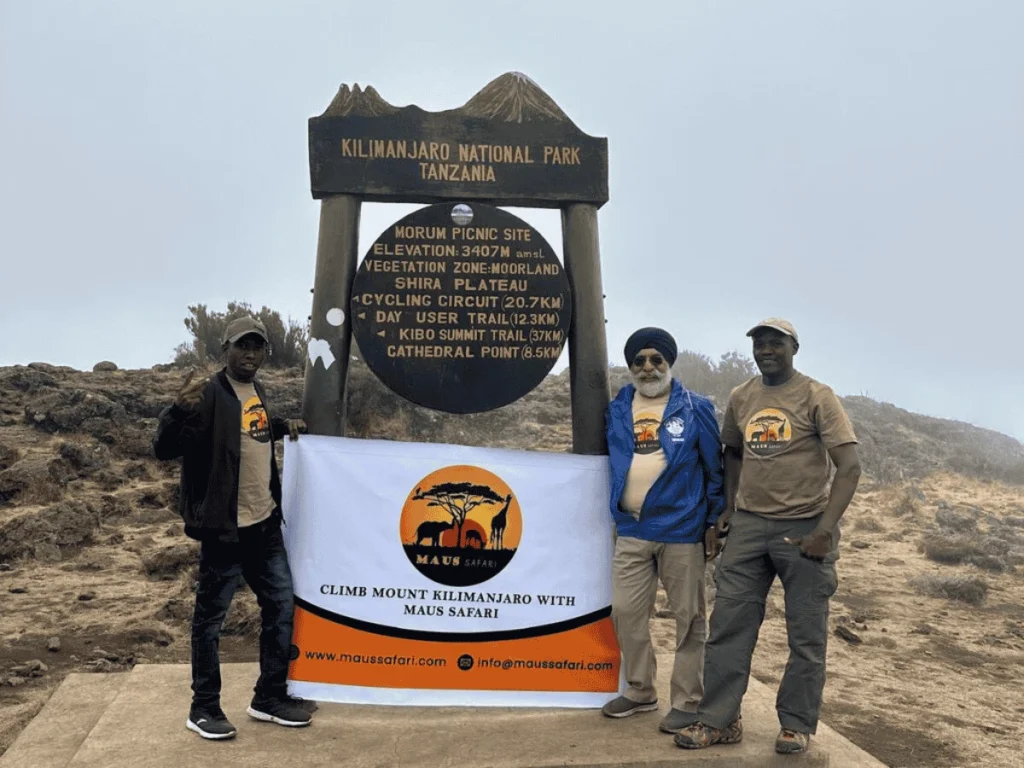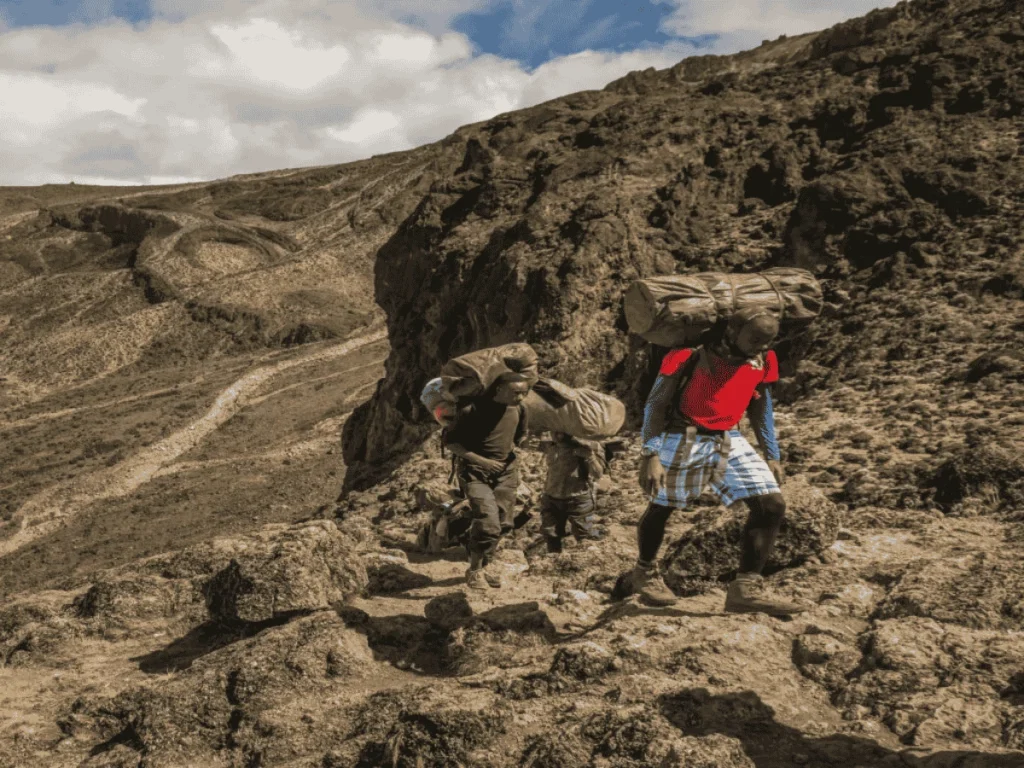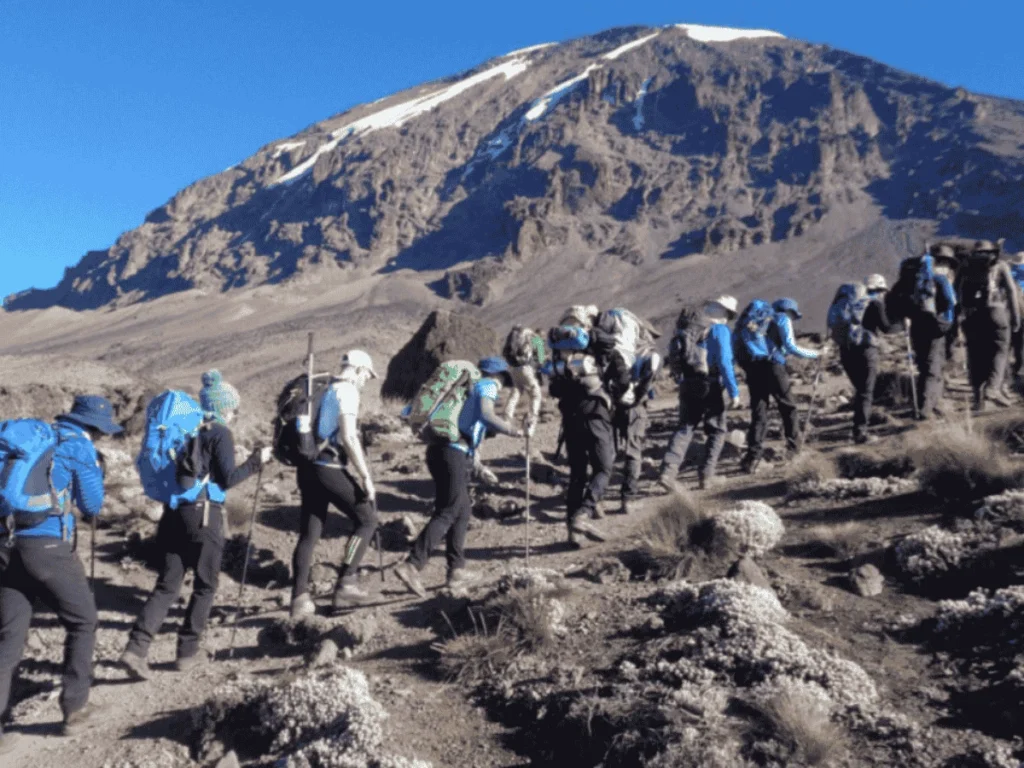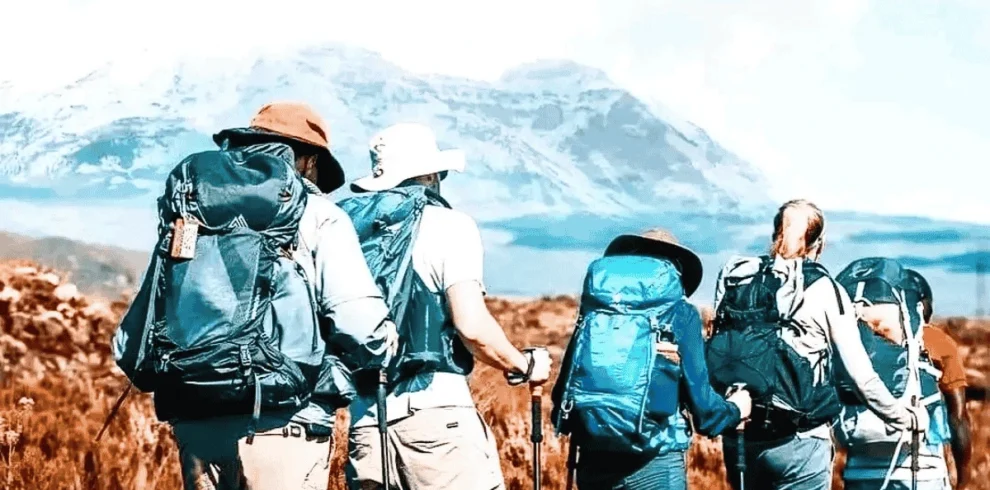- 4
- 2
- 2
- 3
- 2
- 12
- 2
- 5
- 6
- 1
- 1
- 8
- 7
- 7
- 4
Kilimanjaro
Destination Mount Kilimanjaro
Maus Safari: Your Dream Kilimanjaro Trek Awaits
Maus Safari is a Tanzanian safari company that offers a variety of Kilimanjaro treks to suit all budgets and interests. Whether you’re looking for a challenging climb to the summit or a more leisurely trek through the mountain’s foothills, Maus Safaris has the perfect trek for you.
Experience the Majesty of Kilimanjaro
Kilimanjaro is the highest mountain in Africa, and it is a UNESCO World Heritage Site. The mountain is home to a variety of ecosystems, including rainforest, moorland, and alpine desert. You’ll also have the opportunity to see some of Africa’s most iconic animals, such as elephants, zebras, and buffalo.
Maus Safari: A Company You Can Trust
Maus Safari Company is a reputable company with a proven track record of success. They are committed to sustainability and conservation, and they work closely with local communities to ensure that their treks have a positive impact on the environment and the people of Tanzania
Book Your Dream Kilimanjaro Trek Today
If you’re looking for an unforgettable Kilimanjaro experience, look no further than Maus Safari. Contact them today to start planning your dream adventure.

